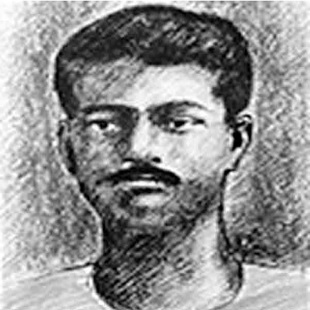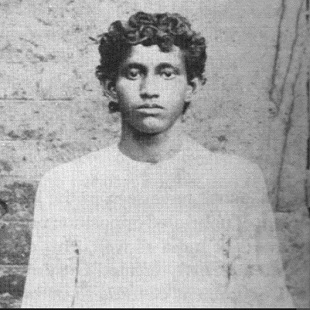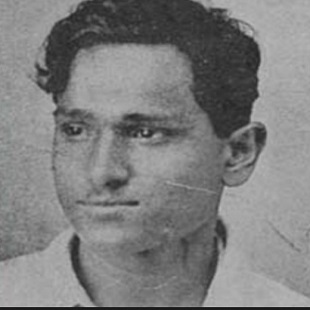Biplobi Bharat Gallery at Victoria Memorial Hall, Kolkata
By :
Biplobi Bharat Gallery at Victoria Memorial Hall, Kolkata
March 24, 2022
India’s strive for independence was spread over a span of two centuries i.e., from the 18th Century till we gained independence in 1947. This struggle was fueled by the anger and determination of many revolutionaries against a foreign ruler. The first phase of this revolution was majorly led by the traditional nobility which culminated in the Revolt of 1857. Following this were numerous localized rebellions which ultimately inspired the educated middle-class to carry out armed resistance against the atrocities of the British.
March 23rd is observed as ‘Shaheed Diwas’ in remembrance of the revolutionaries such as Bhagat Singh, Ras Behari Bose, Rajguru, Sukhdev, Sachindranath Sanyal, and all the brave revolutionaries who sacrificed their lives for an independent India. Hon’ble Prime Minister, Narendra Modi, announced on 11th January 2020 that a gallery at the Victoria Memorial Hall should be dedicated to these freedom fighters who have been otherwise ignored, and the gallery is named ‘Biplobi Bharat’. He also laid emphasis on preserving India’s heritage, great leaders and its history, and its role in building a nation.
The ‘Biplobi Bharat Gallery’ was inaugurated by the PM at Victoria Memorial Hall, Kolkata, on 23rd March 2022 (on the occasion of Shaheed Diwas). The Gallery showcases the entire lifecycle of the revolutionary movement, right from its birth to the formation of associations by revolutionary leaders to its spread, along with the formation of the Indian National Army and the contribution of the Naval Mutiny.
The new gallery at Victoria Memorial Hall narrates the efforts of these revolutionaries who channeled the emotions of past resistances towards foreign rule and took inspiration from the patriotic writings of Bankim Chandra Chattopadhyay and Swami Vivekananda. Their aim was to create an India that was a modern democratic republic and thus, the gallery provides a holistic view of the events that led to India achieving independence in 1947. Let us know about a few of these lesser-known revolutionaries who contributed to making India, independent.

Sketch of Sachindranath Sanyal
Sachindranath Sanyal, the founder of the Hindustan Socialist Republican Association, played a pivotal role in India’s revolutionary movement against British rule. He was a close associate of Ras Behari Bose and was also a part of the Ghadar party conspiracy which was eventually suppressed by the British. Sanyal was imprisoned in Cellular Jail in Andaman and Nicobar island for his participation in this act. He was an inspiration to many young revolutionaries and he even mentored Chandrashekhar Azad and Bhagat Singh.

The Boy Revolutionary - Khudiram Bose
One of the youngest members of the revolution, Khudiram Bose was inspired by the speeches of Aurobindo Ghosh and Sister Nivedita to join the freedom struggle movement. In 1908, he joined the Anushilan Samiti headed by Birendra Ghosh. He was captured by British officials for an attempted attack on Douglas h Kingsford and was hanged on 11th August 1908.

Batukeshwar Dutta
Batukeshwar Dutta was a close associate and companion of Bhagat Singh in the bombing of the Central Legislative Assembly, Delhi in 1929. As they shouted the slogan of ‘Inquilab Zindabad’, the voice of Bhagat Singh and Batukeshwar Dutta shook the Central Legislative Assembly in Delhi. They were arrested the same day and neither made any attempts to flee from custody. Dutta, even imprisoned, continued to fight for the rights of the prisoners and for the freedom movement.
Source: Indian Culture website (https://indianculture.gov.in)